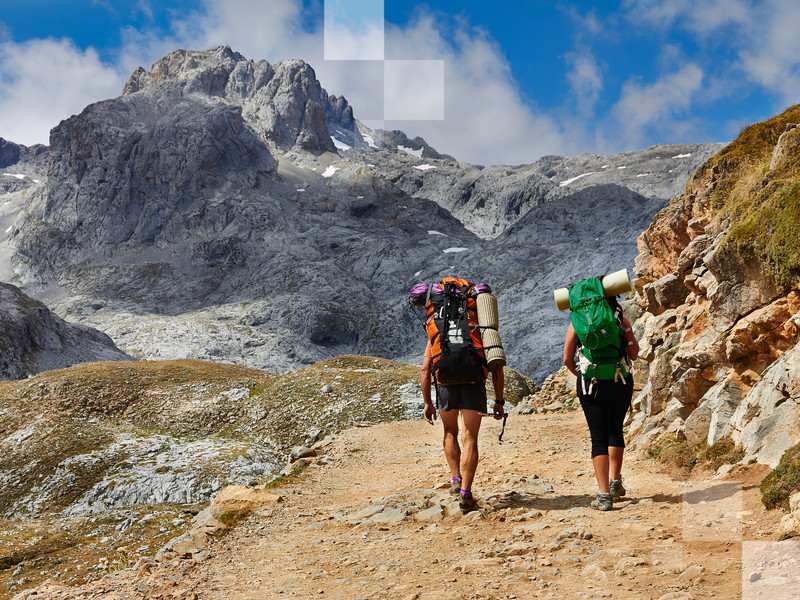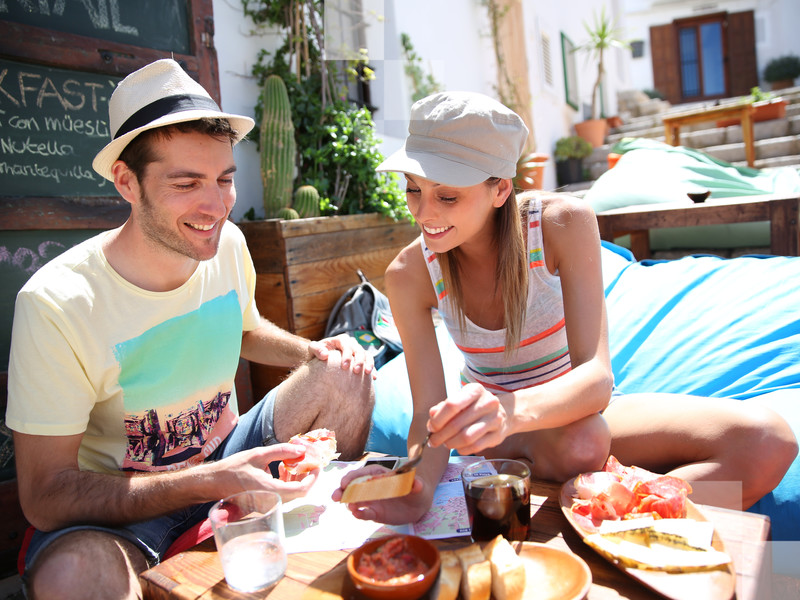“Oh c’mon,” we hear you cry. “What really is there to know about travelling in Spain? It’s just beaches, sangria and siestas.”
Well that’s where you’re wrong. Because there’s far more to this large and varied country than beach resorts and Benidorm Full Englishes. We’re here to show you how to do Spain right. So hold off on booking that flight to the Costa del Sol (again). This is how we do España like pros.
Have a read through the advice below, and then visit KAYAK to start your search.
Explore more

Those hellbent on catching some Mediterranean rays rarely stray past the southern Costas, whilst those in need of a city vay-cay are most likely bound for Barcelona, Madrid or Seville. But Spain is a big and wonderfully varied place. In fact, there is a total of 17 autonomous regions (including the Canaries and Balearic islands) to explore.
Northern destinations like San Sebastián and Salamanca make for great city alternatives, or try Granada or Cádiz in the south. The north’s rugged coast is a sweet spot for hidden beaches, or head further down the east coast to Murcia to sample that eastern sunshine (with fewer crowds than Costa Brava and Costa Blanca). The inland regions of Extremadura and Castilla-La Mancha are packed with places of historical interest, jaw-dropping scenery and hardly any tourists in sight.
Learn the lingo(s)
Spain’s charm lies in its regional differences. Customs and languages twist and turn as you travel through the various regions – quite unlike any other country in Europe. Most regions have their own traditions and locals north of Seville will scoff if you assume that flamenco is their main source of entertainment. Knowing the language differences between regions will also get you in the locals’ good books. Catalonia, the Basque Country and Galicia all have their own official language alongside Spanish.
Know tapas etiquette

Spanish-themed restaurants in the UK might let you get away with ordering a bunch of small plates for yourself, but do that in Spain and fear repercussions. Eating tapas is meant to be a shared, leisurely experience, so do as the locals do and order a few different dishes and share them around. Try a few small tapas plates and then order larger portions called ‘raciones’ if you have a favourite. Once you’re done, order some more and repeat until satisfied.
There’s more to Spanish cuisine than paella
Although an authentic Valencian paella is certainly worth travelling for, there’s more to Spanish cuisine than the country’s famous dish. Each region has its own specialities, and it’s a good idea to do some research in order to learn the local favourites. For example, make sure you try the many varieties of cured ham if travelling in the central regions, whilst along the coast there are a number of fish dishes not to be missed.
Pick the proper times to eat
No traveller wants to be identified as a tourist. But that’s what will happen if you rock up at a restaurant at 6pm for dinner. Locals eat no earlier than 9pm and, outside the major tourist spots, you might even struggle to find a restaurant open before then. Fit in with the locals by eating a large lunch around 3pm and then head out for some small beers (cañas) and a light dinner later that night.
Party with the locals

In a similar style to Spanish meal times, expect to stay up a bit later if you want to hit the town. Venture to a club before 1am and chances are it will be dead. A night out in Spain requires a bit of stamina, but it’s well worth it. The Spanish know how to party.
Pick the best times of year to visit

Fiestas are when Spain is at its best and most flamboyant. You’ve got the religious festivals like Semana Santa (Easter), or you could go for some of the more famous local events such as La Tomatina in Buñol or Las Fallas in València. Most cities, towns and even tiny villages host ‘ferias’ (local fairs), or there are plenty of under-the-radar festivals to try. La Batalla de Vino (the wine fight) in La Rioja or the Carnival festivals in Cádiz, Tenerife and Badajoz are particularly enjoyable.
The biggest problem with planning a Spain holiday is that there’s really no bad time to visit. If you’re heading to Barcelona, here are the best reasons to visit by month.
Plan in advance
Spain is famous for its incredible history and architecture, and many fall foul to not booking its major attractions in advance. La Sagrada Familia in Barcelona and the Alhambra in Granada are just some of the major world-famous attractions where it pays to purchase tickets in advance. As a general rule, if there’s something you want to do, head online and see if it’s possible to book before you travel. Many attractions will allow you to skip the queue too, which is an even bigger bonus.
Ready to explore Spain? Then head to KAYAK to start your travel search. And for more travel inspiration, check out KAYAK MGZN.





